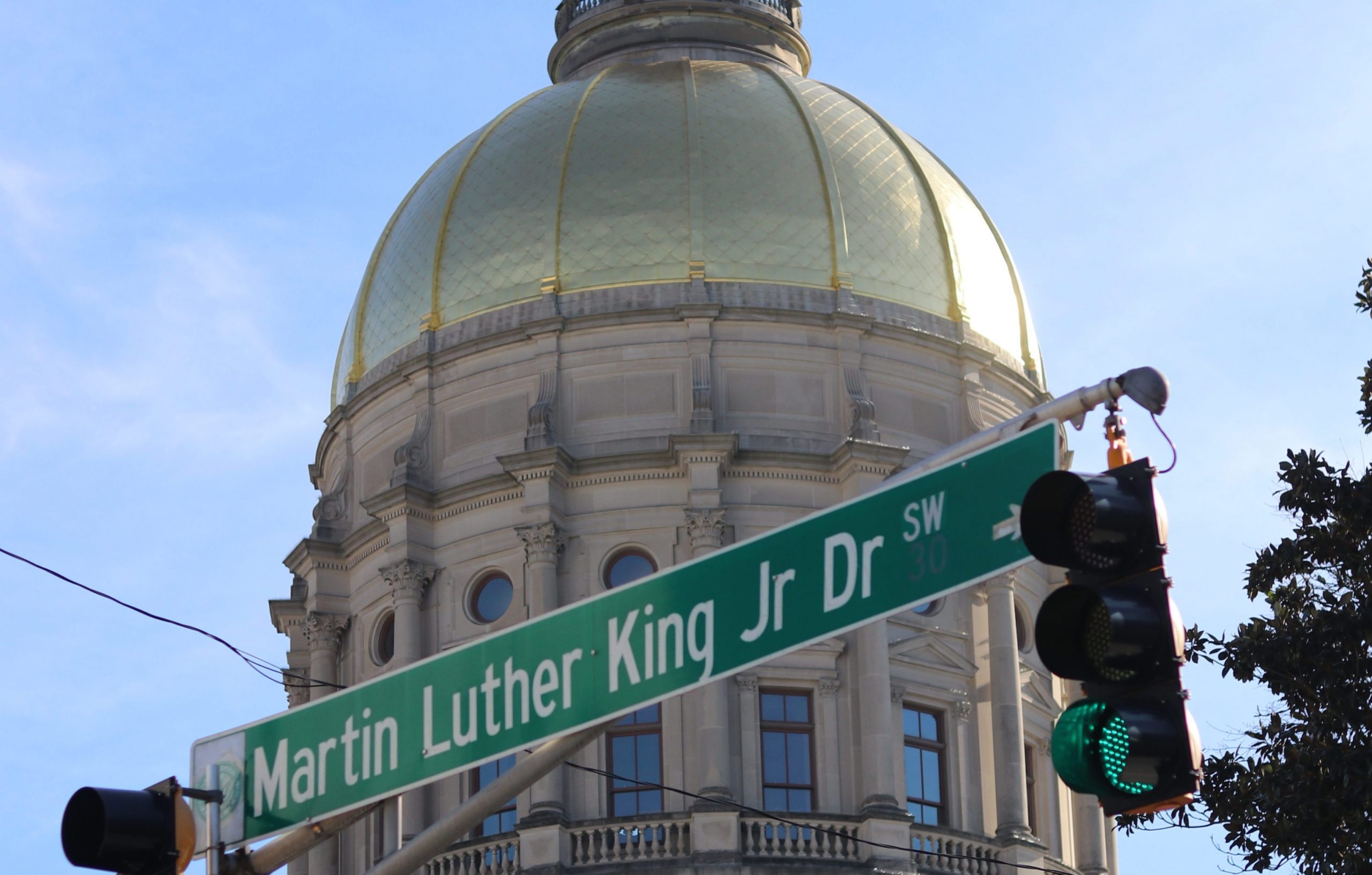
Yesterday marked the 35th Dr. Martin Luther King Jr. Day in the U.S. since the holiday was officiated. The recognition was more than deserved by the activist, orator, agitator, and icon that is Dr. King.
After the holiday was named, there was a push across the nation to start honoring him with monuments, exhibits, and of course, street names. Although changing street names to honor Dr. King, on the surface, sounds like an easy and effective way to commemorate his name, this is often not the case.
University of Tennessee Professor Derek Alderman, who has researched streets named after Dr. King for over a decade, reported that by 2013, there were around 900 streets named after the civil rights legend. Of those, about 70 percent were found in the southeast region of the country, where the civil rights struggles were the fiercest.
The southern areas who struggled the most in the Civil Rights Movement, mostly because of racial tensions, brought those same racial tensions to the street renamings. Historically, streets were named to honor the leaders in history (who often happened to be white) which created a sense of pride around them in general. So, when there was a rush to change those streets to honor Dr. King, citizens from many cities had some opposition.
Alderman says, “It’s about protecting space, which can be a racial issue.”
Because of the heavy hand black activists had in the movement to get streets renamed, and the opposition of changing streets named after white leaders, the majority of the renamed streets are in predominantly black neighborhoods.
Alderman reports, “More than a third of the time, African Americans make up 50 percent or more of the population in places with a street named after King.”
On top of the racial question, while some cities such as Chapel Hill, NC and Tampa, FL place their MLK streets in well-off areas, poverty often surrounds MLK streets in the south.
More controversy arises because of the often low-income neighborhoods MLK streets claim. Even here in Atlanta, where Dr. King was from, Mayor Kasim Reed offered millions of dollars in the effort to make our Dr. Martin Luther King Jr. Drive start to look as honorable as his legacy.
What does this mean?
All of this reveals a royally ironic injustice. While Dr. King stood for integration, his street signs stand in segregation. Citizens fought to have his name on their streets as a symbol of his legacy, but majority of the neighborhoods near MLK streets around the country are separated by their poverty and coincidentally their color.
Even though this irony does exist, Atlanta, as well as some other cities, have made strides to fix it. The upgrade Mayor Reed proposed back in 2016 includes the aesthetics and economics surrounding the area. Being a frequented area for commute in the city, the revitalization is expected to bring in more developers and make the effort a truly rewarding investment.
